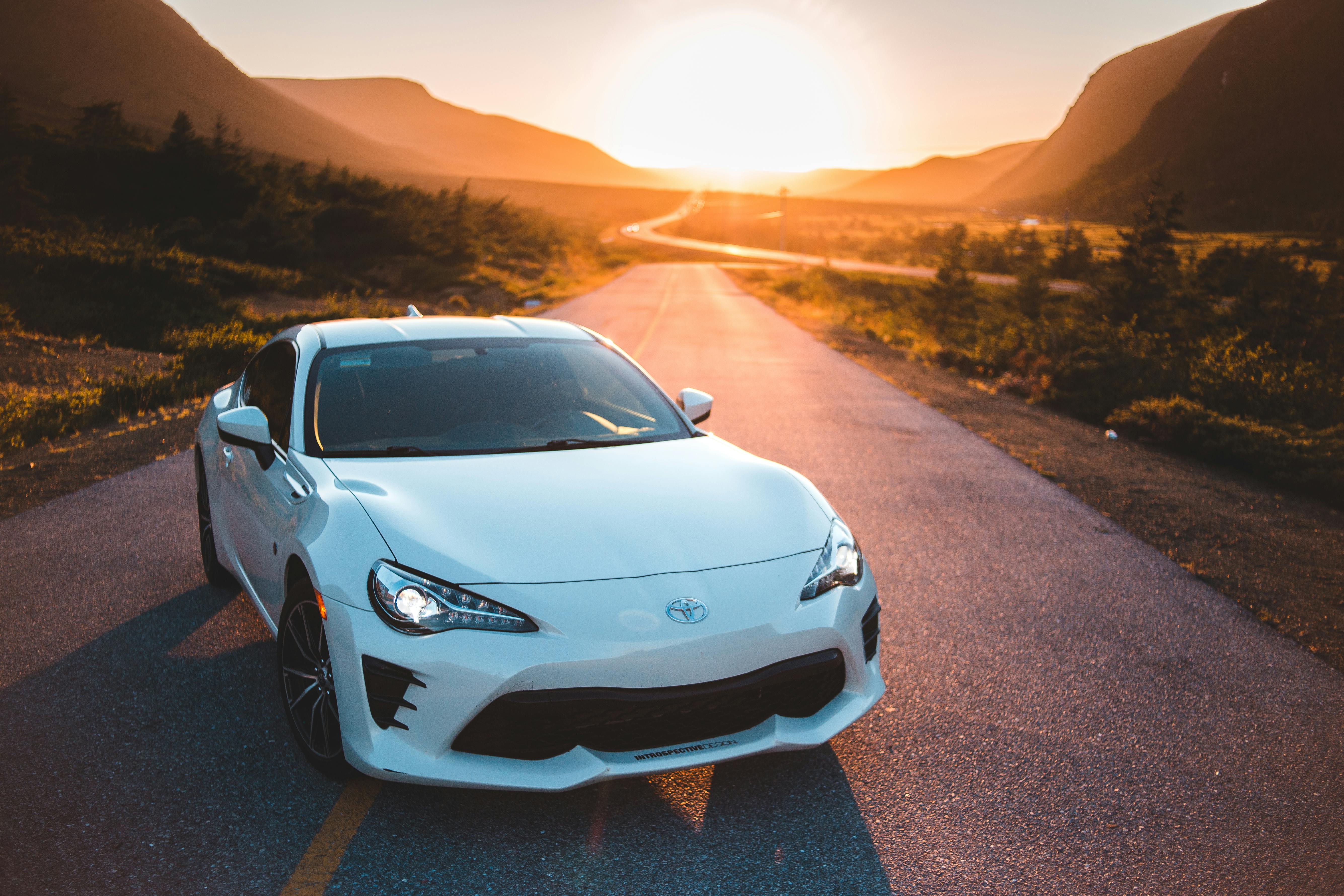As the newest addition to the Aardvark sales team, I was delighted when John told me that my first trip out of the office would be to Namibia. Everyone has a mental wish list of places they’d like to go and Namibia had been at the top of mine for a while now. “I was interested?” John asked. I bet it was!
The mission: explore this fascinating country behind the wheel of a 4×4. “Do you still feel like it?” she asked. “Oh yeah.”
“On my own?” I asked. “No,” said John – “With Richard.”
Since I’m not the best driver in the world, and I was about to start a 12-day road trip with one of my bosses, who is known for being a terrible back-seat driver, I was wondering if I would go home still employed.
I had never driven in Africa before so I wasn’t sure what to expect, but I soon learned that driving in Namibia isn’t difficult; all roads are clearly marked on the map, and distances and place names are clearly indicated. There is a good network of roads, some paved, and the rest generally well maintained with gravel surfaces. While we had a 4 wheel drive vehicle and enjoyed the sturdiness of the tire and ground clearance, it is perfectly possible to do the trip we did in a normal 2 wheel drive vehicle. One thing you had to watch out for was wildlife – I got used to dodging lions and elephants in Etosha, but our closest call was a herd of kudu suddenly leaping out of the bush far from any protected reserves.
Our route included some of the country’s highlights, namely Etosha National Park, Kaokoland, Damaraland, the Skeleton Coast and the mighty dunes of Sossusvlei. I had an idea of what the Sossusvlei dunes would be like; I’ve seen the classic photographs in books and on TV and was so excited to go there, but nothing can prepare you to see them in person. We climbed the vast ocher colored dunes early in the morning as the first rays of the day’s sun hit their graceful curving crests. We walked from Sossusvlei to Dead Vlei, which is an old pan with only the blackened skeletons of dead trees. The contrast of the orange sand, cloudless blue sky and the white of the Dead Vlei was stunning.
It wasn’t just the dunes that were the highlight of my trip; the Kaokoland and Damaraland regions in the northern part of the country were also fascinating; and have been described as some of the world’s last wilderness areas. I was speechless at the lunar landscape of red lava and yellow sandstone in the north. We also had the fascinating and humbling opportunity to visit a Himba village here. These nomadic peoples still live with their livestock in barricaded enclosures. In some parts of Africa, the herders’ lifestyle is recreated for tourists, but here it is genuine, a daily routine that includes covering their bodies in a rust-colored ‘butter’ of animal fat, blood and milk.
Kaokoland and Damaraland are also famous as the home of the desert-adapted elephant and the endangered black rhinoceros. During my stay at Palmwag Rhino Camp, I had the opportunity to track black rhinos on foot thanks to Save The Rhino Trust. We left camp at dawn in vehicles and then, when told that trackers (who had set off before us) had found a lone black rhino bull, we continued on foot in stealthy silence. Treading carefully, to be as quiet as possible, heightened the excitement and increased the adrenaline. And then, from behind a bush, the rhino appeared. It was an amazing experience to see one of these endangered animals so close without causing any stress, and to be educated on the work Save The Rhino Trust is doing to protect these spectacular creatures.
The animals and birds we saw along the way were astounding, particularly the Cape fur seals that live in large colonies along the wild and inhospitable Skeleton Coast. We crouched behind rocks for about 30 minutes while these wonderful creatures interacted with each other; big bulls showing off their bravado, playful cubs frolicking in the waves, all the while unaware we were right among them. The whole notion of autonomous driving as a vacation option was new to me, but now I’ve converted. Advantages include greater flexibility: you can leave when you want, stop when you want (particularly good for bird watching and photography we found), make detours, and travel on your own. It’s an especially satisfying way to see this stunning country, with its vast open spaces, spectacular scenery, contrasting landscapes, cloudless blue skies, and diverse wildlife.
If autonomous driving isn’t your thing, another way to explore this spectacular county is by plane. Before my self-drive I spent four days flying along the Skeleton Coast with the Schoeman family. These tours explore this desolate region of Namibia in small, light single-propeller (five-seater) aircraft. It is a wonderful way to see the country in a short space of time. A great alternative to self-drive or plane safaris is a guided vehicle tour. It takes full advantage of Namibia’s good infrastructure, but you have the opportunity to enjoy it together with a great guide and without having to think about driving times, directions, etc.
http://www.aardvarksafaris.com/articles-namibia-selfdrive.htm
